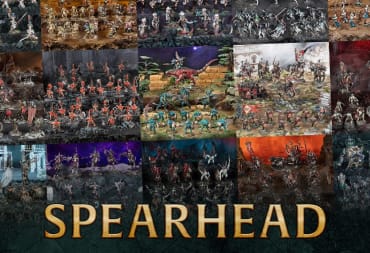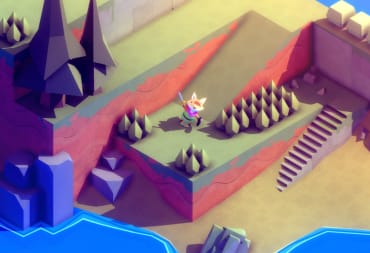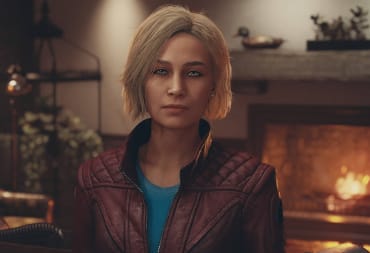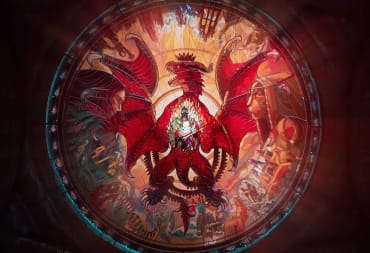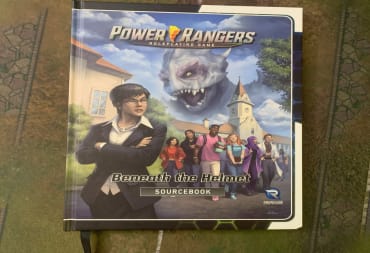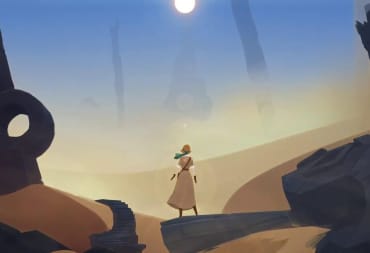Even the most beautiful of tropical paradises can be host to a dark secret. Are you brave and clever enough to seek it out? Will you answer the Call of the Sea?
Plucky, analytical Norah certainly thinks that she is. For years, she has been afflicted with a mysterious disease which, among other symptoms, causes dark spots to appear on her skin. Her husband, Harry, set out on an expedition seeking a cure, but he never returned and all letters and communication suddenly ceased. After receiving a mysterious tip in the mail, Norah decides to strike out on her own and bring her beloved "old pal" back. Following in Harry's footsteps leads to a beautiful island off the coast of Tahiti, which the locals whisper about in fear. The mystery deepens as she finds the island abandoned, Harry gone, and increasingly incomprehensible notes mentioning a mysterious black ooze, a strange ritual, and the brutal deaths of several expedition members.
Can Norah find Harry before it's too late, or will the island's secrets overwhelm her? Will she learn the truth behind her disease - and, if she does, can she survive it? The sea is calling, and Norah may have no choice but to answer.
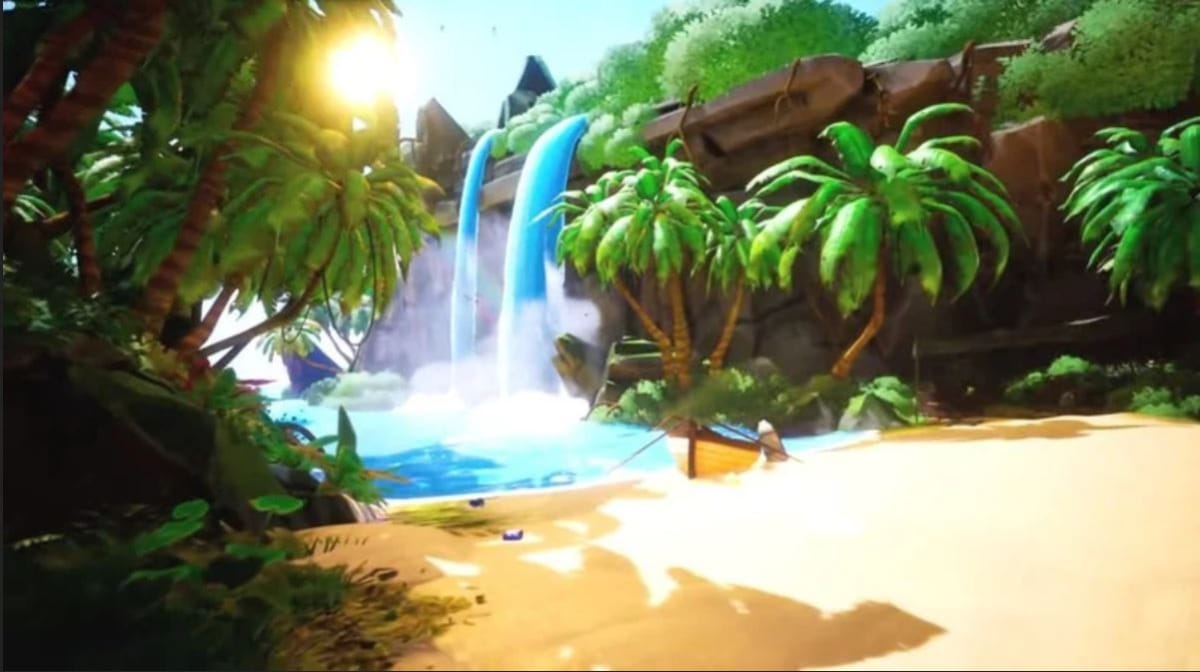
A Trip to Paradise
One of Call of the Sea's selling points, and a central tenet of its pre-release marketing campaign, is its graphics. Designed in Unreal Engine, the game features a tropical island setting rich with lush vegetation, rushing water, imposing mountains, and creepy abandoned structures. This was a good choice for developer Out of the Blue because I did find the graphics to be the most enjoyable element of the game.
Call of the Sea is consistently pretty to look at. Its bright, cheery color palette stands in distinct contrast to the dark, gloomy aesthetic which many other games featuring horror and Lovecraftian elements tend to sport. Even when later chapters, set on mountains or in caves, lost some of the color of the earlier jungle levels, they still kept flashes of brightness in the form of bright blue and gold murals and coded messages. I thoroughly enjoyed looking at Call of the Sea throughout each and every chapter of the game. Even the sinister undersea setting of Norah's frequent recurring nightmares (and, eventually, the later chapters of the game) was stunning to observe and rich with life!
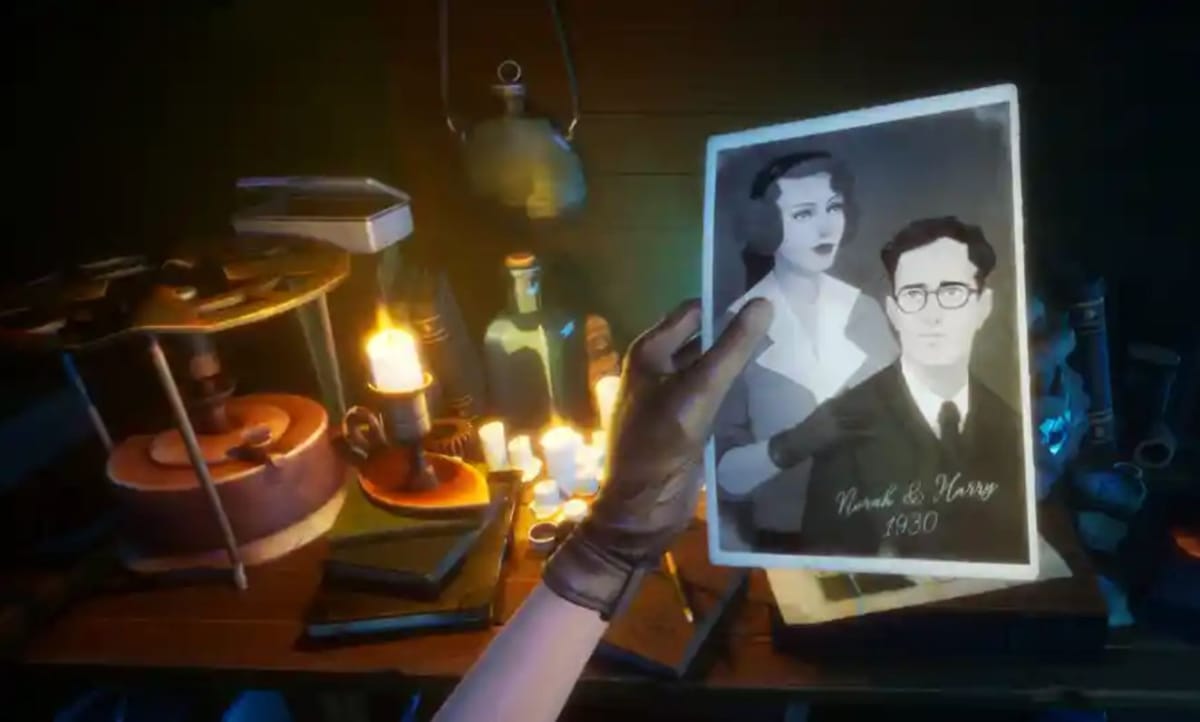
The Question of Character
I came away with a much more mixed impression of Call of the Sea's cast of characters - at least at first. However, after completing the game, I realized that it was more of a pacing issue than an actual problem of characterization. Norah was initially presented in a very appealing way - as a "quick-witted adventuress protagonist in a 1930s setting," but you did not actually see very much of that in the game's first few chapters. While she was clever and eager for adventure, I felt that so much of the early plot featured her simply following in the footsteps of Harry and his expedition, completing the exact same puzzles and re-creating the exact same effects. It was not until later chapters that Norah began to show off the self-reliance and adventurous spirit which she had been advertised to possess.
I found myself much more interested in Harry and the members of his expedition. Although they were not physically present for most of the game, I loved how the scattered notes, memos, and photos left behind established their personalities and relationships. I became genuinely sad as I progressed through the game and learned that they had died one by one, all in terrible ways related to the island's secret.
While I understand and respect the storytelling decision to have Norah learn about the expedition from what was left behind, I did find myself wanting to see more of them. I would have loved some cutscenes or even playable sequences featuring the original team members. I especially feel this way because Harry's expedition was quite diverse for the time period, including a female journalist, a black engineer, and a native Polynesian guide. I would love to have seen more of the story from their perspective, especially as the expedition's diversity seemed a conscious effort to combat the racism found in Lovecraft's works and sometimes appearing even in more modern adaptations featuring his themes and characters.
I do want to praise Cissy Jones and Yuri Lowenthal, who provided the voices of Norah and Harry respectively. They brought real emotional weight to these characters, and I especially loved the wistful way they spoke about their respective romantic partners.
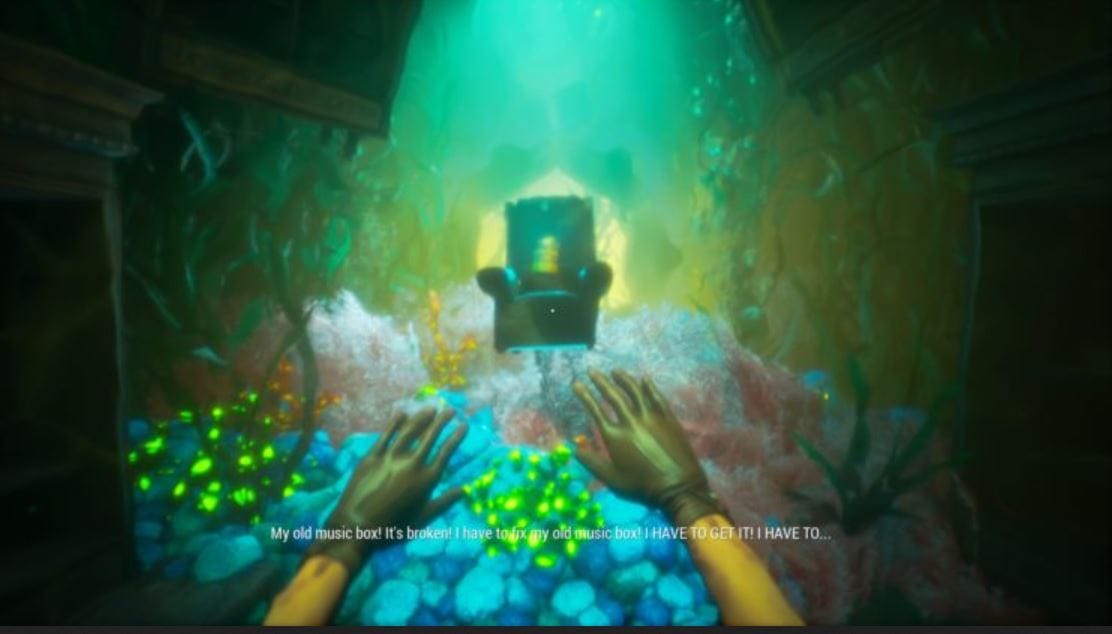
The Polynesian Problem
Building on the previous point, while a big deal was made about the island being off the coast of Tahiti, I was disappointed by the lack of emphasis on Polynesian culture. The first two chapters did a great job, introducing Polynesian symbols as key puzzle elements, but then those elements were gradually sidelined in favor of eldritch / Lovecraftian imagery. It was a disappointment. It made the island feel like just a set piece, despite its clearly established geographical location. I know that developer Out of the Blue worked with Tahitian academics on the game, so this lack was especially surprising and deeply felt.
I also didn't like the decision to include only a single important Polynesian character - the aforementioned native guide, Teaharoa - and to make him one of the quietest and least fleshed out members of Harry's expedition. He was superstitious, didn't like the island, carved a lot of amulets...and that was all. This really felt like the game, whether intentionally or not, was reducing native characters to stereotypes, only there to give out cryptic warnings and tell spooky stories about the island's past. He was the only member of the expedition not to leave behind many notes for Norah to read - possibly because he could not write or read English, which isn't a great look. The emphasis on "dangerous rituals" and "sacrifices" performed on the island, as well as referring to the Deep One-esque water dwellers as "slaves" serving their "masters," also felt like it was conforming to potentially harmful stereotypes, even though these are also common plot points in Lovecraftian stories.
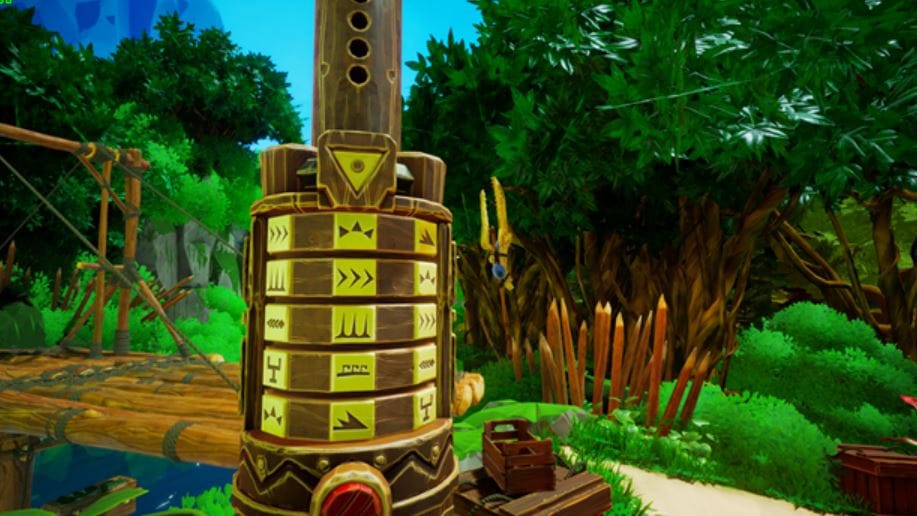
How Puzzling
Call of the Sea's gameplay is a combination of "walking simulator" elements with puzzles that must be solved in order to progress. It is rather linear, which is disappointing because the island is such a nice environment and I would have loved to have been given a greater chance to explore. Most chapters consist of Norah finding somewhere Harry's expedition made camp and then using the notes, photos, and items they left behind to solve between one and three puzzles.
Unfortunately, the puzzles were a mixed bag. Some were excellent, some dragged on and felt like busywork, and others were extremely difficult and non-intuitive, to the point where I frequently became frustrated with this game. I especially disliked that several puzzles required a lot of backtracking through the chapter's area, such as two instances of restoring power to a dark campsite and multiple puzzles requiring pressing geographically-distant switches in a specific order. This felt like an attempt to pad out the game's run time rather than a decision that added depth or complexity to any of the puzzles.
Another puzzle I found particularly frustrating was located in a later chapter, as Norah attempted to open a gate believed to lead to an undersea civilization. The player is required to learn and note down various symbols in the civilization's pictograph-based language, and then essentially diagram a sentence in order to properly identify in which order not just the symbols themselves, but their component pieces appeared. This puzzle represented the deathly combination of lengthy, tedious, and difficult, and felt more like homework I had been assigned than an enjoyable part of a fun video game.
While there were definitely a handful of puzzles I quite liked solving, especially the series of smaller interconnected puzzles involving investigating the mysterious "Black Ichor" substance in Chapter 2, the majority of later-game puzzles leaned towards the frustrating rather than the enjoyable. This was disappointing for a game that billed puzzle-solving as one of its central gameplay elements.
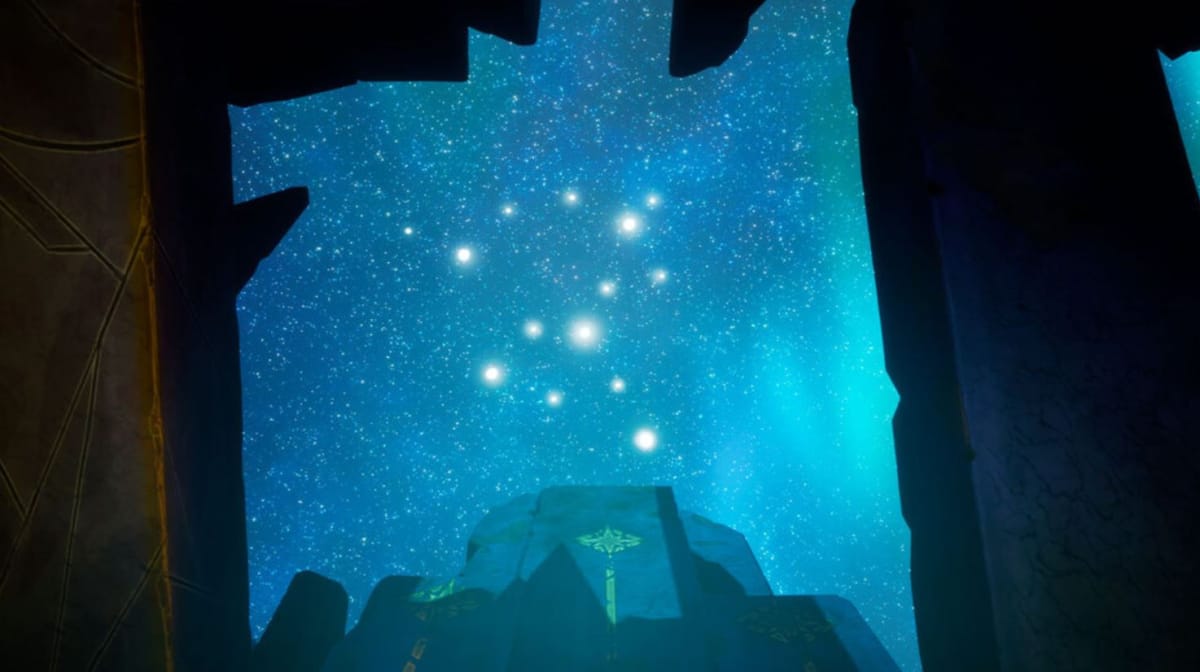
A Note on Graphics
The motion of the game's camera and its choice of the first-person perspective, especially during segments in which Norah climbs a mountain, descends a ladder, or swims underneath the water, have been noted to possibly trigger feelings of motion sickness in players. Personally, I experienced this several times and generally found myself having to play the game using Norah's slower movement speed, as her running/sprinting made the camera shake and swoop even more. However, whether or not you encounter this issue will likely depend on your sensitivity to rapid/irregular motion as well as what platform you are playing the game on.
Ultimately, Call of the Sea is a game that tried to do quite a lot, succeeding in some areas and failing in others. Its greatest strength is its gorgeous graphics, while its greatest weakness is the difficulty and tedium of some of its later puzzles. It does manage to tell a fairly unique and interesting story within a well-trodden genre (Lovecraftian horror,) but does not make full usage of its beautifully designed setting leading to more and more generic-feeling scenes as the game progresses.
TechRaptor reviewed Call of the Sea on Steam with a code provided by the publisher. The game is also available on Xbox One and Xbox Series X|S.
Review Summary
Pros
- Gorgeously Designed Tropical Environment
- Superior Voice Acting Performances
- Emotional Story Which Encourages Real Connection to the Characters
Cons
- Inconsistent Puzzle Difficulty
- Pacing Issues in Late-Game Chapters
- Camera Movement is Sometimes Irregular and Shaky
Have a tip, or want to point out something we missed? Leave a Comment or e-mail us at tips@techraptor.net

